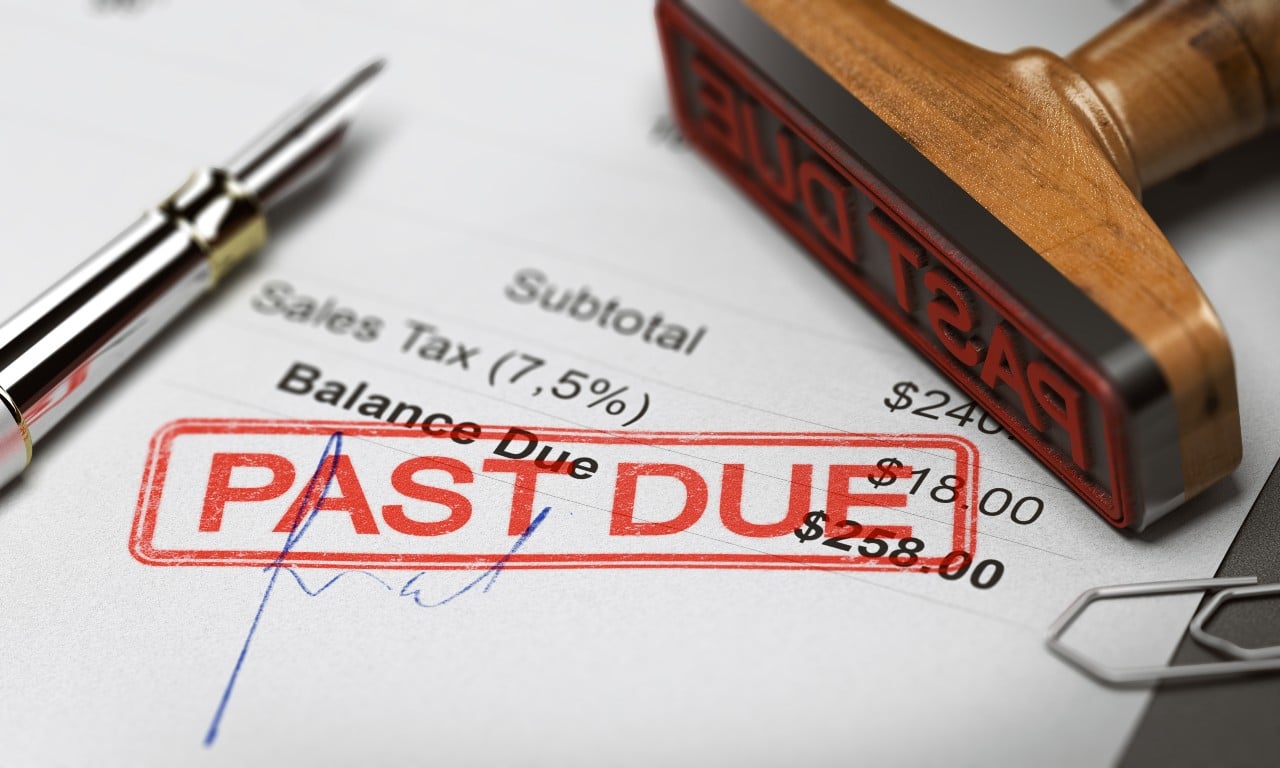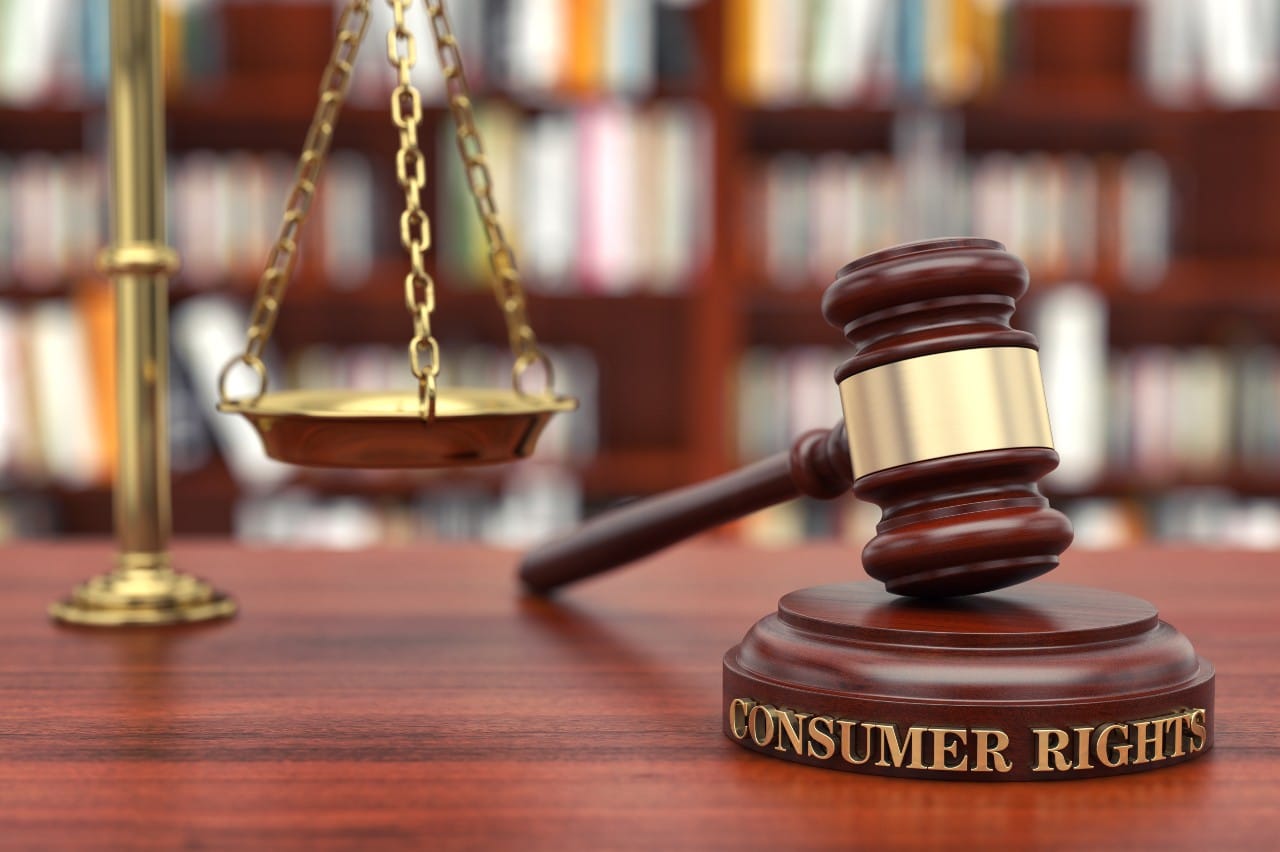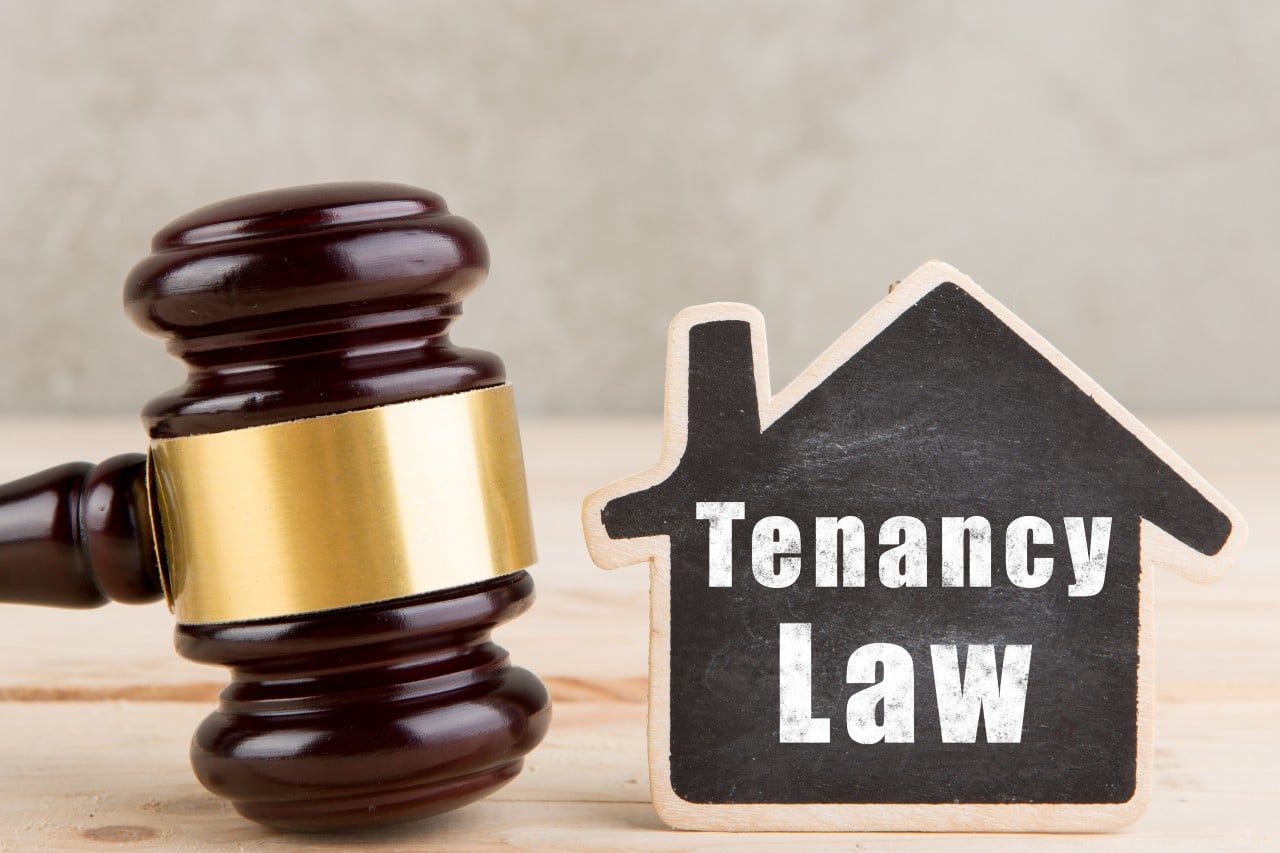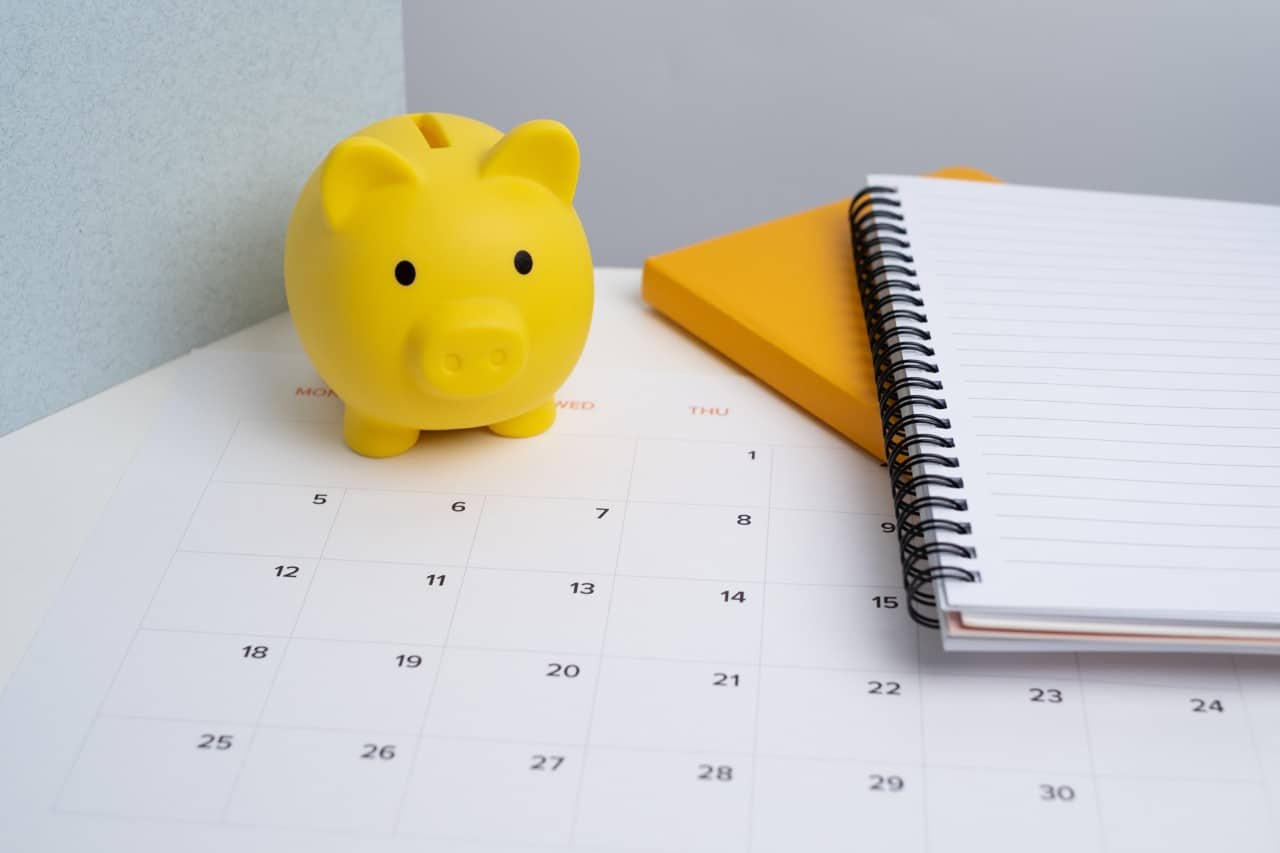Canadians are finding it more difficult to keep up with loan payments. For some, it’s because of a personal situation like job loss or other financial emergency. For others, it stems from a more widespread situation, like an economy where wages haven’t kept up with inflation. No matter the reason, these financial strains are leaving Canadians more likely to face a Notice of Default (NOD). Understanding what an NOD is and how to respond is crucial to making it through to the other side. That being said, getting one doesn’t necessarily mean losing your home or wage garnishment. There are ways to get through this challenging situation.
What is a Notice of Default?
When a borrower fails to meet their loan terms, especially after missing several consecutive payments, they may receive a Notice of Default. Lenders typically wait up to 180 days of missed payments, or a minimum of 120 days of delinquency, before starting this process.
While an NOD may look like a simple piece of paper, it’s not to be underestimated. It is a formal legal document. This is not just a letter; it is a public record filed with the court or local property records office. If not addressed properly, this document serves as the first official step in the legal process, including the foreclosure process. It gives the borrower an opportunity to rectify the situation before further legal action is taken.
What Information does a Notice of Default contain?
For legal purposes and clarity, a Notice of Default contains a lot of information. They typically include:
- The borrower’s and lender’s contact information
- If the loan agreement involves collateral, there will be a description of the property serving as collateral. For example, in the case of a mortgage, the house.
- Specifics about the particular loan situation, such as missed payments, non-sufficient funds (NSF), or failure to maintain property insurance.
- A detailed outline of all the amounts overdue.
- Loan details, such as the loan number, origination date, and original loan amount.
- A timeframe during which the borrower can clear the outstanding balance to prevent further action. For most loans, this is 14 days; however, for mortgages, this period can sometimes range from 30 to 120 days.
- How and where to make the payment to clear the balance owing.
- Who to contact to discuss the notice.
- A clear statement that describes what happens should the borrower fail to rectify the issue within the given timeframe. Typically, this means pursuing legal action, including foreclosure and sale of the property to recover the debt.
The implications
Receiving an NOD signifies serious financial repercussions, two in particular.
Although it’s not an active legal action, such as foreclosure, it is often the precursor. It’s the lender officially putting the borrower on notice and giving them one last chance to rectify the situation. If the borrower fails to comply, the lender has the right to enforce legal actions. These could be foreclosure, seeking wage garnishment or repossession of an asset.
While a Notice of Default itself may not directly impact your credit score, the late and missed payments leading up to it certainly did. The lender has likely already reported the late payments to the major credit bureaus. Late payments are the leading cause of demerits on a credit score. A low credit score has a negative financial ripple effect. It can mean less access to credit, and the credit you can access will likely be much more costly.
What to do if you receive a Notice of Default
Receiving a Notice of Default can be alarming. Borrowers might be tempted to bury their heads in the sand and hope it all goes away. It’s important to avoid that urge and, instead, take action. Avoiding the notice can exacerbate the situation and lead to severe consequences. Here are some steps to take:
- Don’t panic, but move into action so you meet the deadline.
- Review the notice carefully. Verify that all personal details and the amount owed are correct. If you find errors, contact the creditor to get them corrected.
- Reach out to your lending institution right away to see if they are open to negotiating. Some lenders offer solutions such as a loan modification, forbearance (temporarily pausing or reducing payments), or a repayment plan.
- If need be, consult with a professional, like a real estate attorney, to understand your rights and explore potential courses of action.
- If financially possible, catch up on your payments. It’s the most direct way to stop the legal process.
- Keep detailed notes about any communications with the lender or other parties regarding the NOD.
Avoiding a Notice of Default altogether
Naturally, preventing a Notice of Default is always better than reacting to one. Proactive steps can help maintain financial stability.
- Live within your means. Avoid needing to rely on credit to get by, and assess your budget to ensure you can cover payments.
- Prioritize setting up an emergency fund. Experts recommend having three to six months’ worth of living expenses saved for unexpected difficulties.
- Keep up to date on all the terms, such as interest rates, payment amounts, and amortization periods for each loan.
- When a possibility of financial difficulties arises, reach out to the lender before missing any payments. There are usually more options available before issues arise.
- If interest rates have dropped or your credit has improved, refinancing could lower your monthly payments.
Wrap-up
While a Notice of Default should be taken seriously, there’s no need to panic. There are effective ways to handle it that keep the situation from escalating. By taking action immediately and communicating with the creditor, there’s a good chance of coming up with a solution that works for everyone involved. If credit card debt is keeping you from keeping up with your loan payments, a Debt Management Program may offer a way to take back control of your finances. Talk to one of our Credit Counsellors to learn more.









